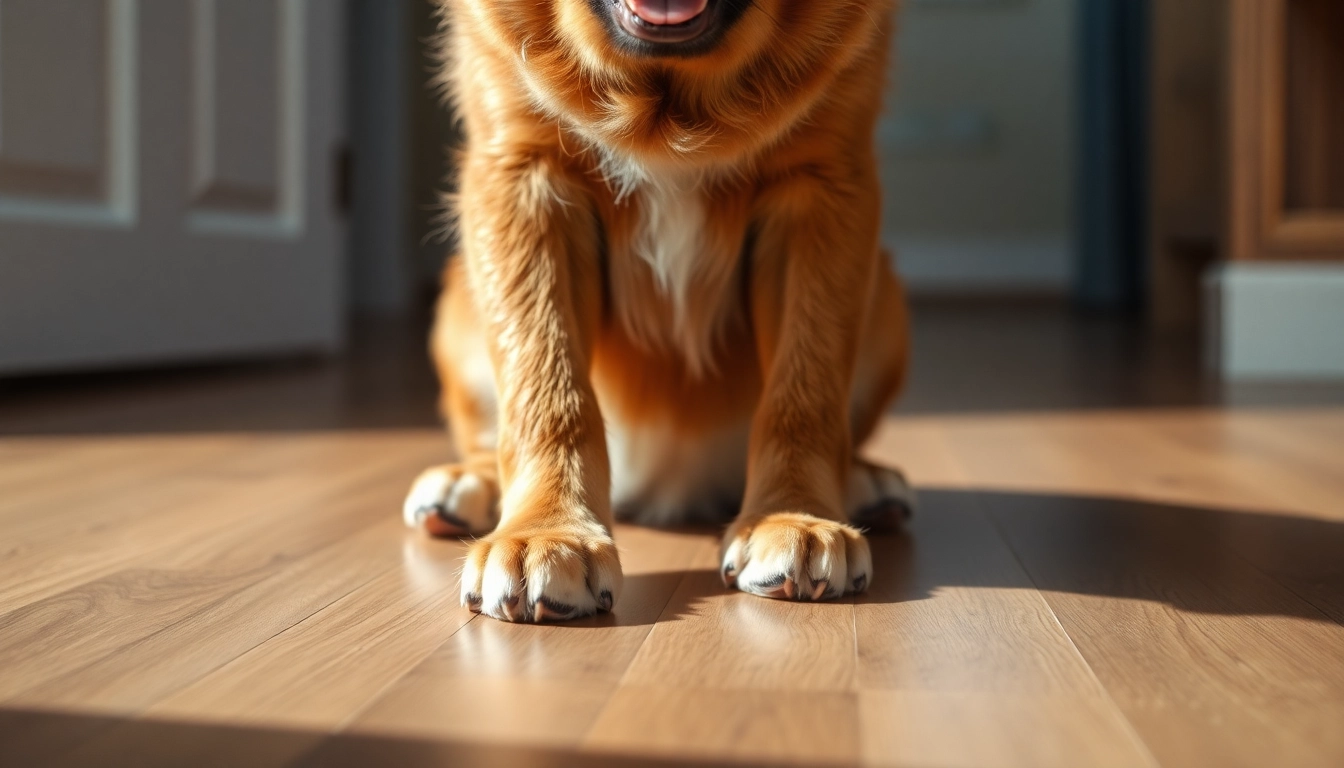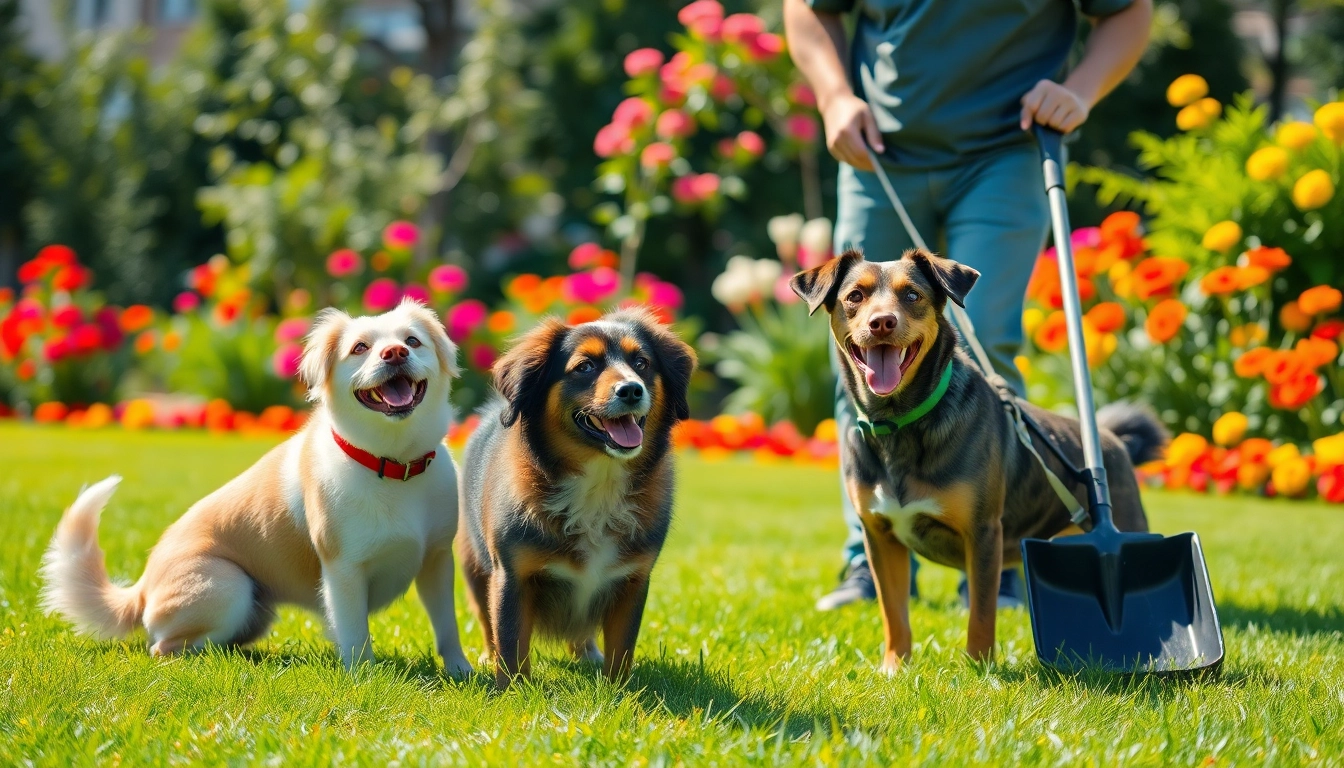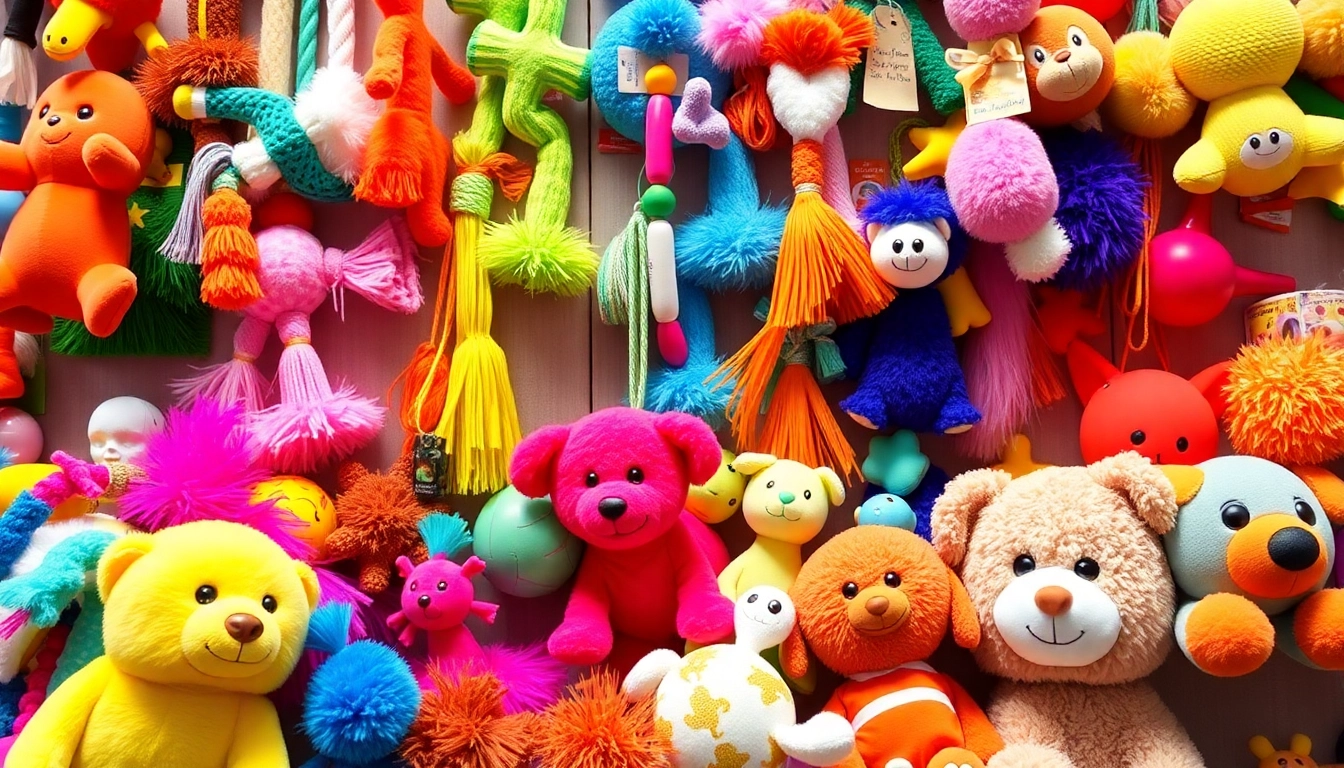Understanding the Importance of Dog Cleaning Paws
Maintaining the hygiene of your dog’s paws is key to their overall health and well-being. Many pet owners underestimate the significance of dog cleaning paws, which can lead to various health issues if neglected. Regular cleaning not only ensures that your furry friend stays comfortable but also prevents potential health risks associated with dirty or unhealthy paws.
Why Clean Paws Matter
Your dog’s paws come into constant contact with various surfaces, including dirt, mud, and even harmful chemicals. Each outing exposes their paws to pathogens that could lead to infections if left unchecked. Moreover, clean paws provide better traction, which is essential for your dog’s mobility. By prioritizing paw cleanliness, you can enhance your pet’s quality of life, ensuring they remain active and happy.
Health Risks of Neglecting Paw Care
Neglecting to clean your dog’s paws can result in multiple health issues:
- Infections: Dirt and debris can accumulate between the pads of their paws, leading to bacterial and fungal infections.
- Foreign Objects: Small stones, twigs, or glass shards can get lodged in their paw pads, causing pain and potential injury.
- Allergic Reactions: Chemicals from the environment or allergens can irritate your dog’s skin, leading to discomfort and skin infections.
- Paw Pad Damage: Excessive dirt or exposure to harsh elements can lead to cracking or peeling of the paw pads.
Common Myths About Dog Paw Hygiene
Despite the importance of dog paw hygiene, many myths circulate among pet owners that can be misleading. Here are some common misconceptions:
- Dogs Clean Their Own Paws: While dogs may lick their paws, this is not sufficient for proper cleaning, especially after outdoor activities.
- Only Long-Haired Dogs Need Paw Care: All dogs, regardless of fur length, require regular paw cleaning.
- Paw Cleaning is Only Necessary After Walks: It’s crucial to establish a regular paw cleaning routine, not just an occasional cleaning after outdoor adventures.
Best Practices for Dog Cleaning Paws
Tools You’ll Need for Effective Cleaning
Equipping yourself with the right tools will make the process of cleaning your dog’s paws easier and more effective. Consider the following essentials:
- Paw Washer: This device is designed to gently clean your dog’s paws after walks, using soft bristles to remove dirt and debris.
- Pet Wipes: These wipes are convenient for quick clean-ups and can effectively remove mud, dirt, and odors.
- Soft Brush: A soft-bristled brush can help dislodge debris from between the pads without irritating the skin.
- Nail Clippers or Grinders: Keeping your dog’s nails trimmed is integral to their paw care routine and helps prevent accidents.
Step-by-Step Guide to Cleaning Dog Paws
Cleaning your dog’s paws doesn’t have to be a daunting task. Here’s a simple step-by-step guide to ensure their paws are always clean:
- Gather Your Supplies: Before you start, gather all cleaning tools in one place for convenience.
- Inspect the Paws: Check for cuts, foreign objects, or signs of irritation before cleaning.
- Moisten the Paw: Use a damp cloth or a paw washer to moisten the paw pad.
- Brush Away Debris: Use the soft brush to gently remove dirt and foreign objects.
- Dry the Paw: Use a clean towel to dry off any moisture from the paw.
- Check and Trim Nails if Necessary: If your dog’s nails are too long, consider trimming them during this session to prevent injuries.
- Reward Your Dog: Always provide positive reinforcement to make paw cleaning a pleasant experience.
Maintaining a Regular Paw Care Routine
Consistency is key when it comes to dog paw hygiene. Establish a routine that incorporates paw cleaning into your dog’s overall grooming schedule. Recommended frequencies include:
- Daily cleaning after walks, especially if they tend to get muddy.
- Weekly inspections for any signs of irritation or infection.
- Regular trimming of nails at least once every 3 to 4 weeks.
By incorporating these practices into your routine, you can significantly reduce the risk of paw-related issues and maintain your dog’s overall health.
Common Challenges in Dog Paw Cleaning
Dealing with Paw Sensitivity
Some dogs may be sensitive about having their paws touched. If your dog shows discomfort, it’s essential to approach cleaning gradually. Begin by allowing them to sniff cleaning tools, then touch their paws gently without cleaning. Gradually build their tolerance by rewarding them for being calm during the process.
Identifying Allergies and Irritations
Watch for signs of allergies or irritations. Symptoms can include excessive licking, redness, or swelling between the toes or on the paw pads. If you suspect your dog has allergies, consult a veterinarian for accurate diagnosis and treatment options. Keeping their paws clean can help manage mild irritations and prevent more severe reactions.
Handling Uncooperative Dogs
If your dog is particularly uncooperative during paw cleaning, patience is essential. Make the experience enjoyable by using treats or their favorite toy. Enlist the help of a friend to hold your dog gently while you clean their paws. Building positive associations with paw cleaning will foster a more cooperative attitude in the long run.
Advanced Tips for Specialists
Choosing the Right Products for Paw Care
Selecting appropriate cleaning products is crucial. Look for veterinary-approved paw cleaners that are gentle yet effective. Avoid products with harsh chemicals that may irritate your dog’s skin. Natural alternatives, such as coconut oil, can also be beneficial for moisturizing paw pads, especially in cold or hot weather.
Incorporating Nail Trimming in Your Routine
Alongside cleaning, ensure regular nail trimming is part of your routine. Long nails can contribute to discomfort and lead to difficulty walking. If you’re unsure how to trim your dog’s nails safely, consult a veterinarian or a professional groomer for guidance.
Consulting a Veterinarian for Expert Advice
If you notice persistent issues with your dog’s paws, consult a veterinarian for tailored advice. They can provide insights into specific conditions affecting paw health and may recommend specialized treatments to alleviate discomfort or prevent ailments.
Measuring the Effectiveness of Your Paw Cleaning Routine
Signs of Healthy Paws
Healthy paws are an indicator of your dog’s overall well-being. Signs of healthy paws include:
- Clean paw pads with no signs of redness or irritation.
- Nails that are kept short and do not touch the ground when your dog stands.
- Absence of bad odors from the paw area, which may indicate infections.
Monitoring Your Dog’s Comfort
Observe your dog’s behavior post-cleaning. If your dog appears comfortable, active, and shows no signs of distress, you are likely maintaining an effective cleaning routine. Keep an eye on changes in their behavior related to their paws, as discomfort may indicate underlying issues.
When to Seek Professional Help
If you notice swelling, bleeding, or persistent bad odors, it’s crucial to seek professional assistance. A veterinarian can help determine the cause of these issues and recommend the best course of action to get your dog back on track.



